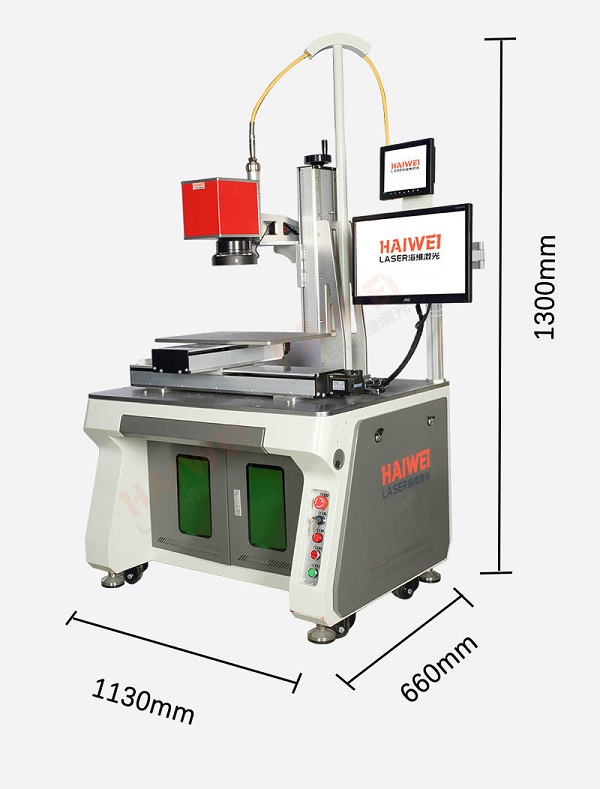How to Minimize Thermal Stress in Laser Welding Equipment Applications
Thermal stress is a common challenge in precision manufacturing when using laser welding equipment. If not properly managed, it can lead to part distortion, reduced joint strength, and long-term reliability issues. Understanding the root causes and implementing effective strategies is essential for achieving high-quality, stable welds.

1. Optimize Laser Parameters
The key to reducing thermal stress lies in balancing laser power, welding speed, and pulse duration. Using lower peak power with higher travel speed helps distribute heat more evenly. Pulsed laser modes are particularly effective for thin materials, as they allow cooling between pulses, minimizing heat accumulation.
2. Implement Controlled Heat Input
Excessive heat input is a primary cause of thermal stress. Modern laser welding equipment with real-time power feedback and closed-loop control can maintain consistent energy delivery. This precision reduces localized overheating and supports uniform thermal expansion across the weld zone.
3. Use Proper Joint Design and Fixturing
Mechanical constraints can amplify stress during cooling. Employing appropriate fixturing that allows slight movement prevents cracking. Additionally, designing joints with balanced geometry helps distribute thermal loads evenly, reducing residual stress.
4. Apply Pre- and Post-Weld Treatments
Preheating the workpiece slightly can reduce thermal gradients, especially in thick or dissimilar materials. In some cases, post-weld heat treatment (PWHT) or stress-relief annealing may be necessary to release internal stresses, depending on material type and application requirements.
5. Select the Right Laser Type and Beam Mode
Fiber lasers with a Gaussian or top-hat beam profile offer better control over energy distribution. A uniform beam mode reduces hot spots, contributing to smoother weld seams and lower thermal stress.
For buyers evaluating laser welding equipment, focus on systems with adjustable pulse shaping, real-time monitoring, and integrated thermal management features. These capabilities directly support stress reduction and improve overall weld quality in sensitive applications.
Recent Posts
- What are the advantages of laser welding machines in lithium battery pack production lines?
- What issues should be noted when choosing a lithium battery pack production line?
- Quality Inspection and Control of Lithium Battery Module Pack Production Line
- Cell grouping and sorting process in lithium battery module pack production line
- What are the safety hazards of lithium battery pack production lines and how can they be prevented?
INQUIRY

